1945 Mercury Dime Value: How Much Is It Worth Today?
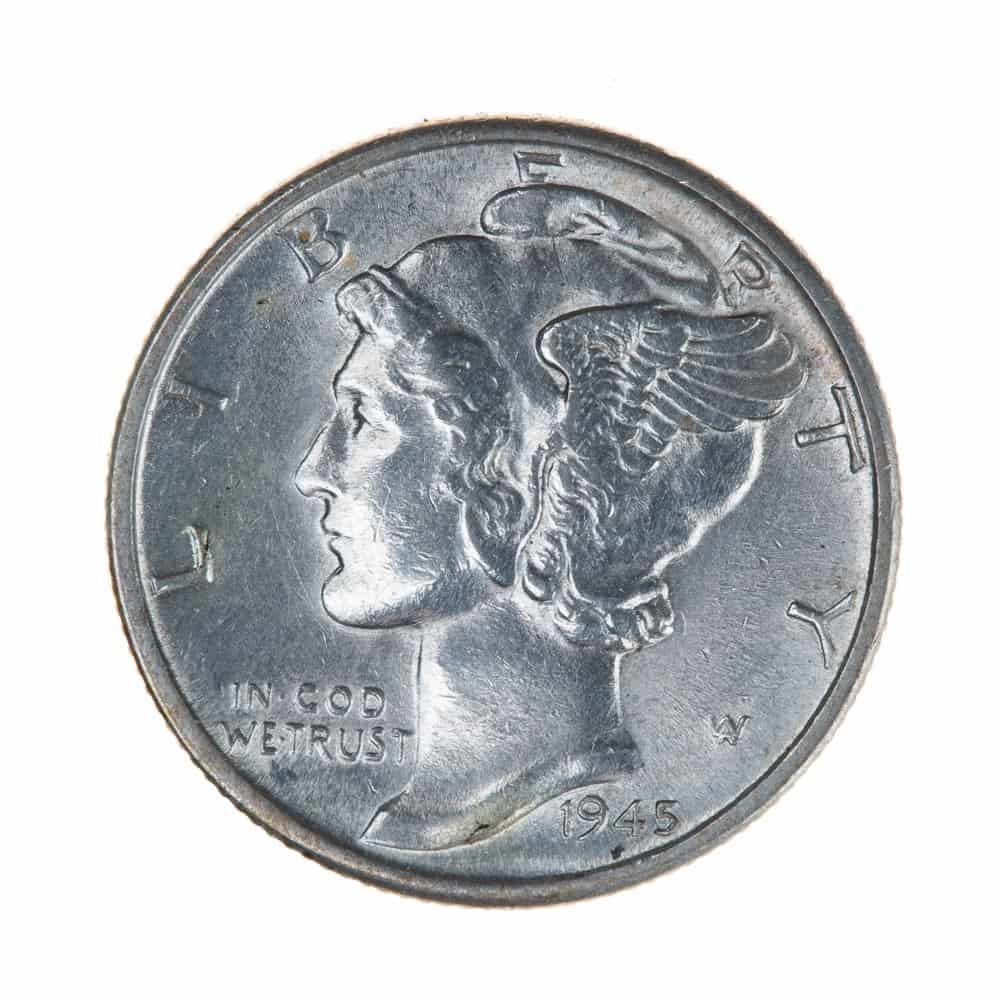
Mercury dimes are one of the most popular coins in US history. Known for their beautiful detail, high luster, and resilience, they frequently break all expectations at auction.
The 1945 mercury dime is of particular interest to collectors. Not only was this a pivotal time in American history following World War 2, but this year also gave rise to a unique error found only in the mercury dime.
So if you have a 1945 mercury dime in your wallet – now may be an excellent time to take a closer look at it.
This article will highlight everything you need about the 1945 mercury dime value. We’ll highlight the different varieties in circulation and valuable errors and help you grade if your dime is a priceless gem.
1945 Mercury Dime Value chart |
|||||
| Mint Mark | Good
(G-4) |
Extremely Fine | Uncirculated
(MS-65) |
Uncirculated
(MS-67)
|
Full Band Strike |
| 1945 No Mint Mercury Dime Value
|
$2.69 | $4.30 | Up to $504 | Up to $3,450 | Up to $96,000 |
| 1945 D Mercury Dime Value
|
$2.69 | $4.30 | Up to $288 | Up to $528 | Up to $13,200 |
| 1945 S Mercury Dime Value
|
$2.69 | $4.30 | Up to $468 | Up to $1,800 | Up to $25,300 |
| 1945 Micro S Mercury Dime Value
|
$3.52 | $7.45 | Up to $134 | Up to $2,291 | Up to $25,850 |
1945 No Mint Mercury Dime Value
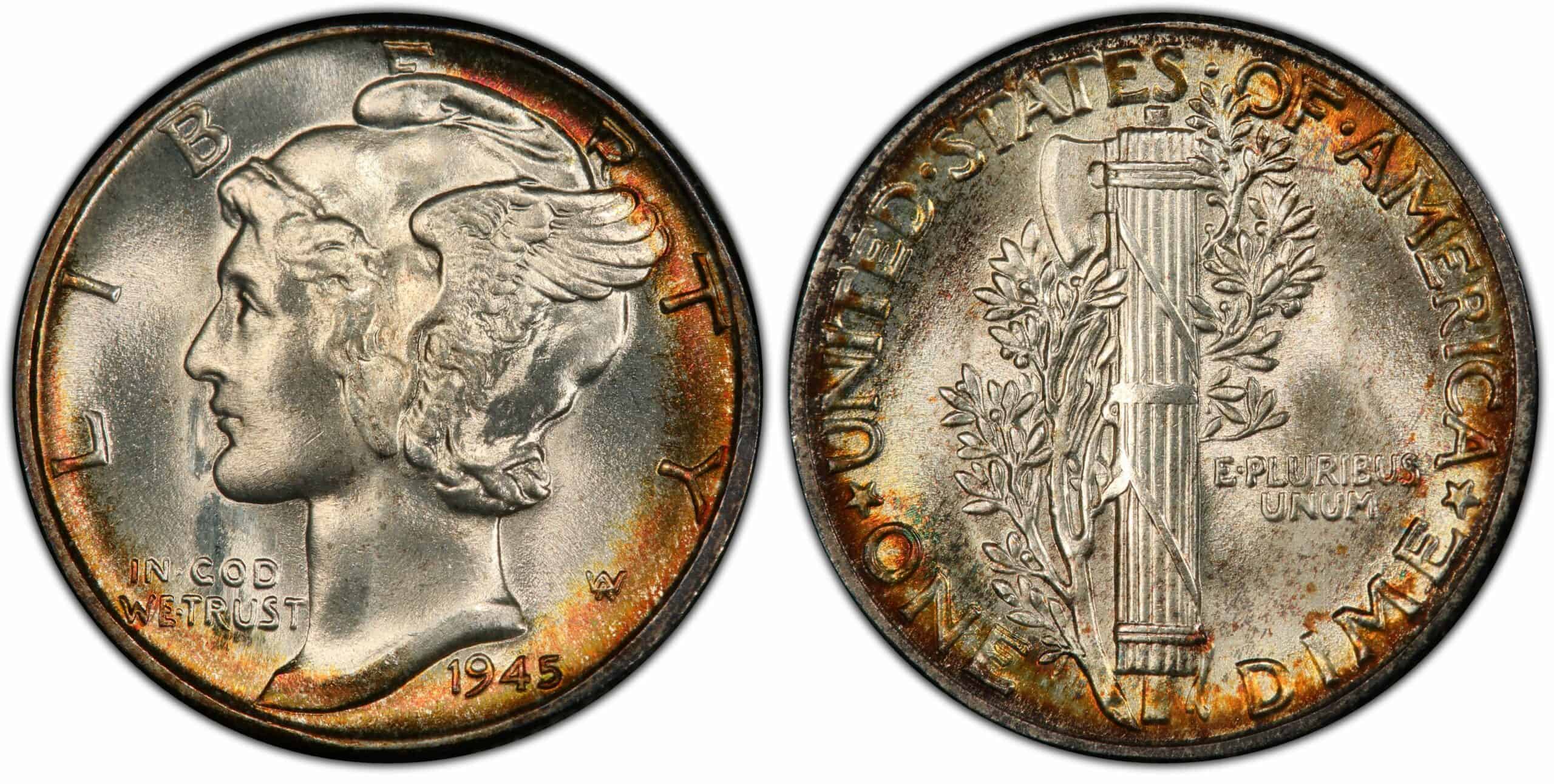
One of the most common 1945 mercury dimes is the no mint variation. As the name suggests, you can identify these coins by the absence of a mint mark on the reverse side.
These coins were minted in Philadelphia, which never put any marks on the coins produced. Philadelphia minted 159,130,000 dimes in 1945, making the coin relatively common by collector’s standards.
The 1945 no mint mercury dime is part of the legendary ‘Winged Liberty’ dime series, designed by German-born sculptor Adolph Weinman. The iconic obverse depicts a young ‘Liberty,’ a common symbol of America’s freedom, liberty, and Western ideals. It featured the text ‘In God We Trust’ just below her chin and the letter ‘W,’ which is the artist’s initials and not a mint mark.
The reverse design is that of fasces (bundle of rods), with an olive branch wrapped around it. These two images symbolized America’s readiness for combat but their ultimate desire for peace.
Although officially called the Winged Liberty series, the dimes are often referred to by their nickname, ‘Mercury dime.’ This came about due to inaccurate reporting by US media when the coin was initially released in 1916. Reporters mistook Liberty for the Roman God, Mercury, hence the nickname ‘Mercury dimes.’
Despite its vast popularity and reputation for being one of America’s most beautiful coins, 1945 marked the last year the dime featured this design. That’s because, in 1945, the death occurred of the 32nd President of the United States, Franklin Roosevelt. This prompted US Congress to honor him through the dime coin, retiring the Winged Liberty dimes.
1945 no mint dimes were composed of 90% silver and 10% copper, making them have a much higher melt value than their small face value. A mercury dime’s average melt price is about $1.76.
Because of its high silver content, the US Mint was conscious of potential counterfeiting, where people would shave off filings from dimes to produce replica coins. To counter this, the 1945 mercury dime has reeded edges, so tampering could be easily detectable.
A 1945 no mint mercury dime can fetch a respectable $2-4 in good or fine condition at auction. But if in high mint-state (MS), this figure can rise into the thousands. This 1945 no mint mercury dime sold for an impressive $3,450 in 2006, described as having high luster, bright tones, and pristine.
The Mercury dime series has a unique grading system called a ‘full band,’ which describes a coin with a solid, clearly defined strike on the reverse side. Full band status can increase a mercury dime’s value into the hundreds of thousands.
This 1945 no mint mercury dime with full band effect sold for an astounding $96,000 in 2018 because of its “blazing frosty luster,” bold design, and pristine condition.
1945 D Mercury Dime Value
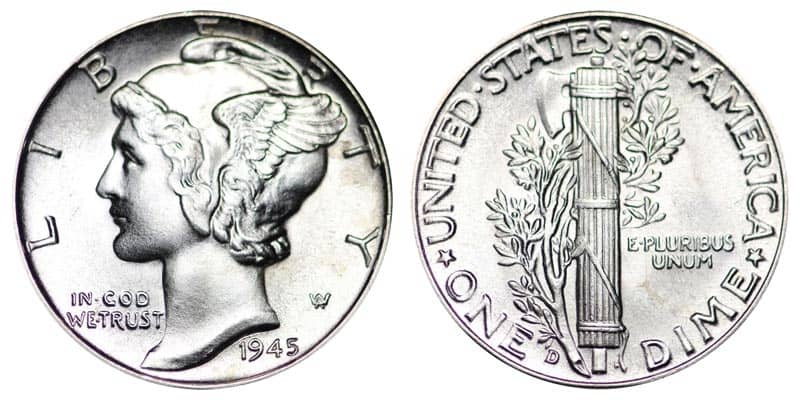
With over 40,245,000 coins on record, the Denver mint produced the fewest mercy dimes in 1945. You can quickly identify them by the signature ‘D’ mint mark on the coin’s reverse.
Like other dimes in the Winged Liberty series, the 1945 D mercury dime had a high silver content of 90%, with a much higher melt value of $1.76 than its face value of 10 cents.
Despite their much lower circulation numbers, collectors still consider the 1945 D mercury dime of similar value to the no mint variation. The average coin will fetch between $2-4.
Even in a high MS68+ state, a 1945 D mercury dime may only fetch about $528 at auction. A possible reason is this low value is that demand for the 1945 D mercury dime centers primarily on coins with the common re-punched error.
That said, if your 1945 D mercury dime has full band status, this can increase its value tremendously. Per auction site PCGS, the highest recorded auction for this kind of coin occurred in 2019 for an impressive $13,200; the listing describes the coin as having “outstanding eye appeal.”
1945 S Mercury Dime Value
With a record of just over 41,920,000, San Francisco produced the second-largest dimes in 1945. You can identify them by their signature ‘S’ mint mark on the coin’s reverse.
There are two variations to the S Mercury dime; a normal-sized mint mark, and a smaller mint mark, often nicknamed ‘Micro S.’
The “normal” S mercury dime is the most common, though it is impossible to know by how much. Despite being the ‘generic’ version, the S mercury dime can still sell for a premium at auction if in a high mint state.
Coins with even MS65+ status can sell for upwards of $468 at auction. But like any collectible, some incredibly high-valued coins have broken all expectations.
The highest-selling 1945 S mercury dime to date was for $25,300 in 2010. Despite having the standard mint mark, the coin had such a strong luster, color, and full band effect that it almost doubled PCGS’ initial evaluation of just $10,000.
1945 Micro S Mercury Dime Value
The 1945 Micro S mercury dime is one of the most famous errors in US coin history. Collectors believe it came about because of the US’s position of minting foreign coins following World War 2. The smaller ‘S’ mint mark stamped on dimes is similar in size to the mark used to mint Filipino coins.
Though not an exact figure, auction site PCGS has said that from its population report, over 1/3 of 1945 S dimes submitted to the site are Micro S variants, suggesting it was quite a widespread error.
A generic 1945 Micro S mercury dime can still do surprisingly well at auction, valuing a couple of hundred dollars in MS65+. But like other mercury dimes, its potential is only reached with full bands.
The highest recorded sale of a 1945 Micro S mercury dime was $25,850 in 2019. The listing hailed the coin as being one of the finest examples of the error, with high luster and sharp, defined details on both sides of the coin.
1945 Mercury Dime grading
You will only know your dime’s true potential by grading it. The most popular scale used worldwide is the Sheldon coin system, which has over 70 points that judge a coin’s condition, details, color, and sheen.
YouTube channel CoinStudy has a handy video that explains how you can grade the quality of mercury dimes:
Rare 1945 Mercury Dime Error List
Although the condition is one of the principal ways of valuing a coin, an error or faulty can also make your 1945 mercury dime a one-of-a-kind treasure.
Below are some common errors to keep a watchful eye for:
1945 Mercury Dime with Off-Center error
An off-center error is a common fault in many coins. It occurs when the stamp and the coin are not aligned correctly. The result is the design becomes skewed or partially missing.
The more extreme the off-centering, the higher value the coin becomes.
This 1945 mercury dime has a 50% off-center error. The design is so skewed that it is impossible to know its origins. It sold for an impressive $1,495 in 2008.
1945 Mercury Dime struck on foreign coin
The US Mint regularly produced a series of foreign currencies, especially in the years following World War 2. Sometimes the wrong planchet was set up for coin production, and a mix-match of stamps, designs, and collars was used.
It became common for mercury dimes to be struck on different sized-coins, leading to unique combinations. This 1945 mercury dime, for example, was struck on a Netherlands East Indies 10-cent coin and was sold for $2,640 in 2018. Most of the design has been partially skewed, with words like ‘Liberty’ and ‘America’ partially missing.
1945 Mercury Dime broadstruck error
Coins in the 1940s were made using collars. This gave them a definite shape and thickness and helped mass-produce coins for circulation. But if the collar came off during minting, the form, and the thickness could differ from the norm.
A broadstruck error isn’t the highest value error, but it can still increase a seemingly generic dime into something else. This 1945 mercury dime with broadstruck error sold for $322 in 2005.
1945 Mercury Dime with clipped coin error
Another common fault that mercury dimes may have is clipping errors. This is when the coin is struck on a clipped planchet, which may cut a section of the coin off.
Clip errors come in various shapes, including curved, irregular, bowtie, and straight angles. Curved clip errors are usually the least valuable, selling for an average of $74+ depending on the coin’s condition.
The most valuable clip error is arguably a straight clip, like this 1945 mercury dime sold for $180 in 2021.
1945 Mercury Dime FAQ
How do I know if my 1945 Mercury Dime is valuable?
Per the coin auction site PCGS, despite being the last in the Winged Liberty series, the 1945 mercury dime is considered quite common and rare in pristine conditions or if it has full bands.
What does a “full band” mean in a 1945 mercury dime?
The full band is the term used to describe the reverse of a mercury dime with an excellent, precise strike. If the fasces (bundle of rods) has clear lines, your coin most likely has full bands and should be worth considerably more.
What is a 1945 Mercury Dime made from?
Despite its nickname, mercury dimes are not made of mercury. Instead, they are composed of 90% silver and 10% copper. This makes the coin worth far more melted (at $1.76) than its face value of 10-cent.
Why are they called Mercury Dimes?
These dimes are nicknamed mercury dimes because the US media misattributed the portrait of Liberty to the Roman God Mercury. Although quick to correct their mistake, the name has stuck ever since.
Can a 1945 Mercury Dime be forged?
Because of its high silver content and its high value in pristine condition, there are some1945 mercury dimes on the market which are counterfeited. Only buy from verified sources, inspect its reeded edges, and ensure the coin weighs the expected 2.5 grams.
What is the highest recorded sale for a 1945 Mercury Dime?
As per PCGS, the highest recorded sale of a 1945 mercury dime was set in 2018, when a 1945 no mint mercury dime sold for an astonishing $96,000. The coin had full bands and was said to be in “flawless” condition.
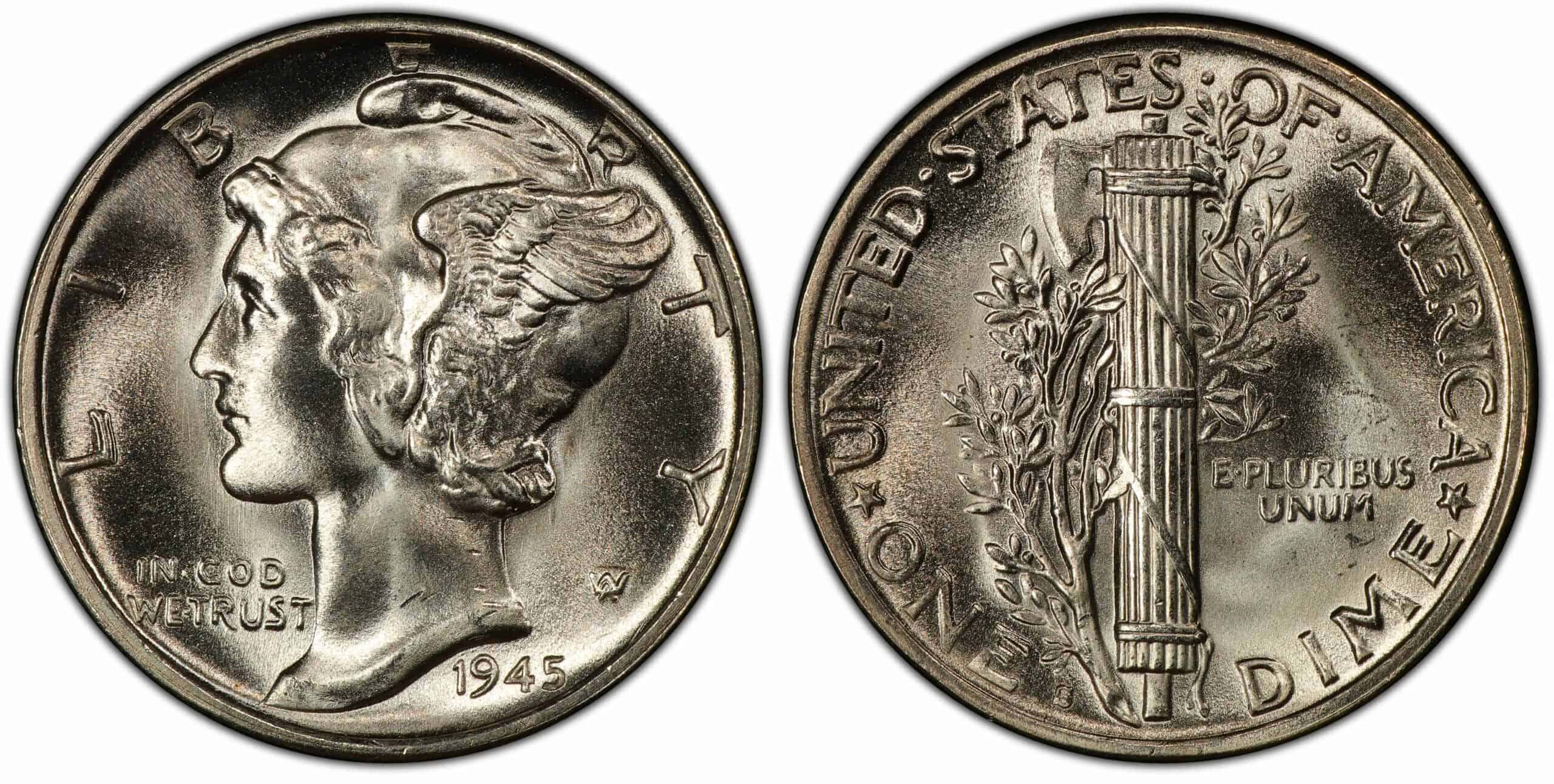
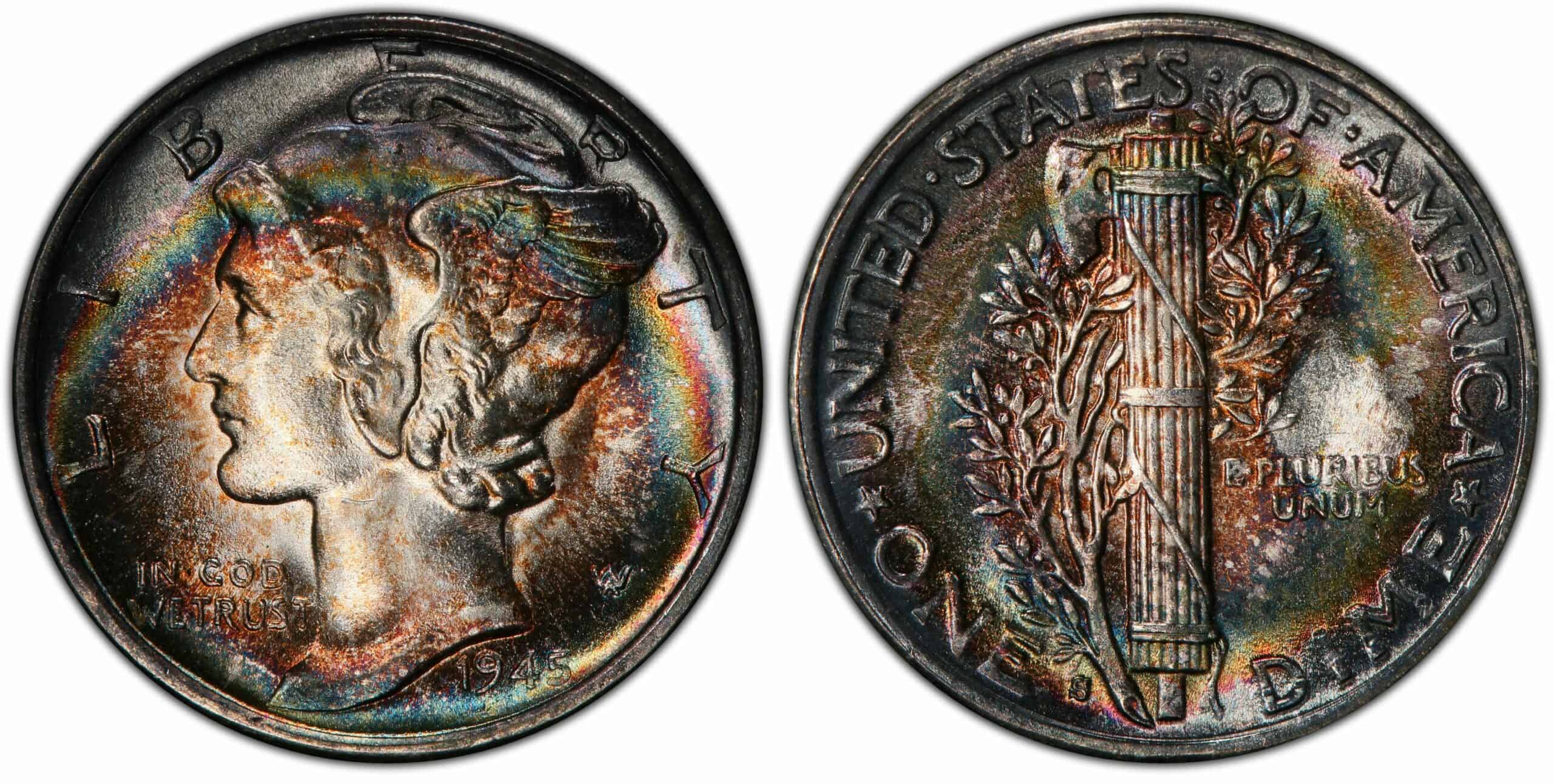
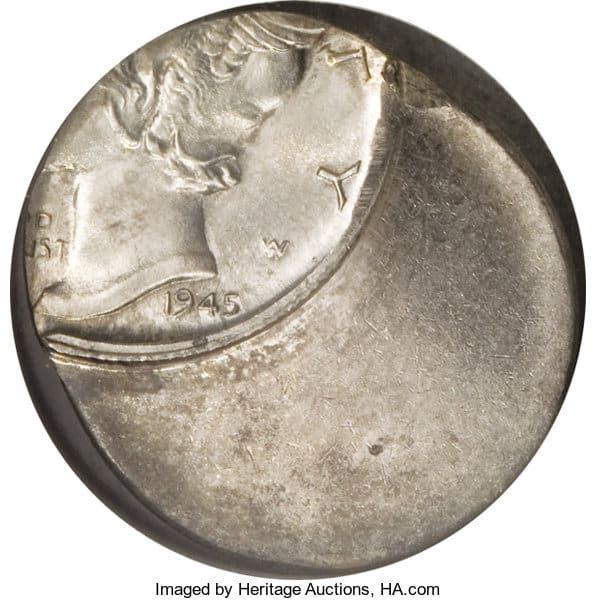
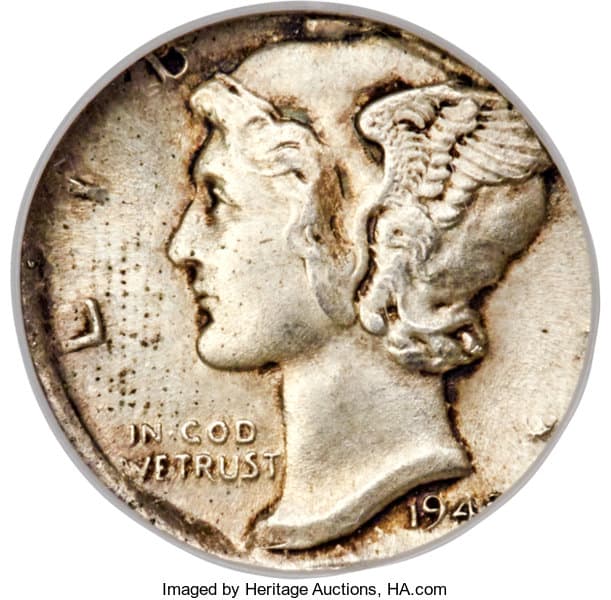
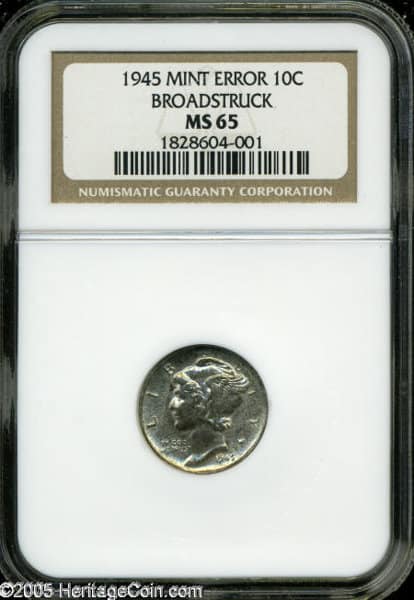
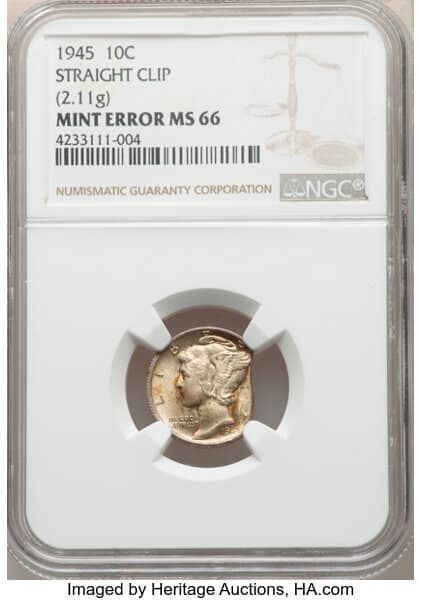
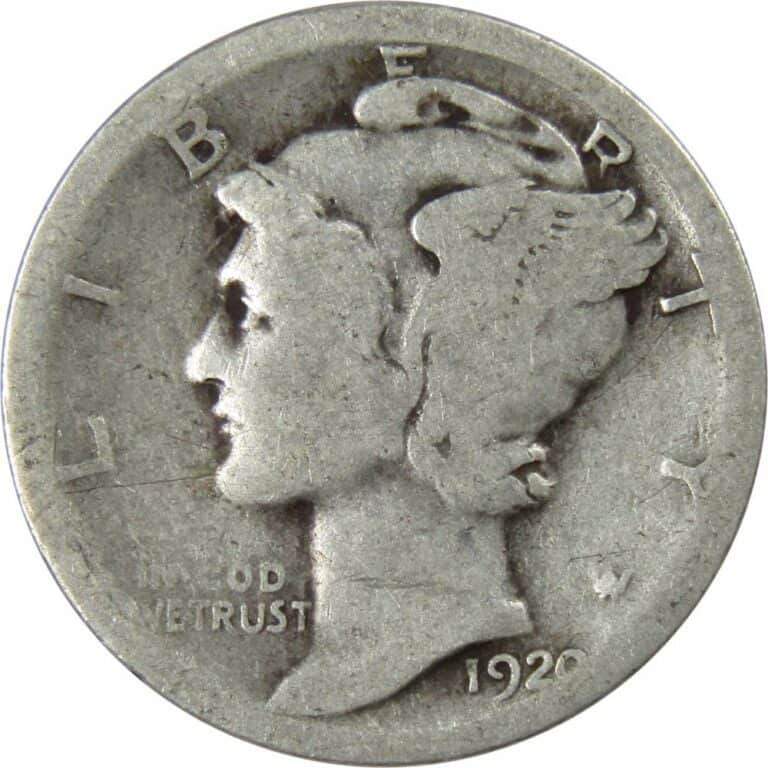

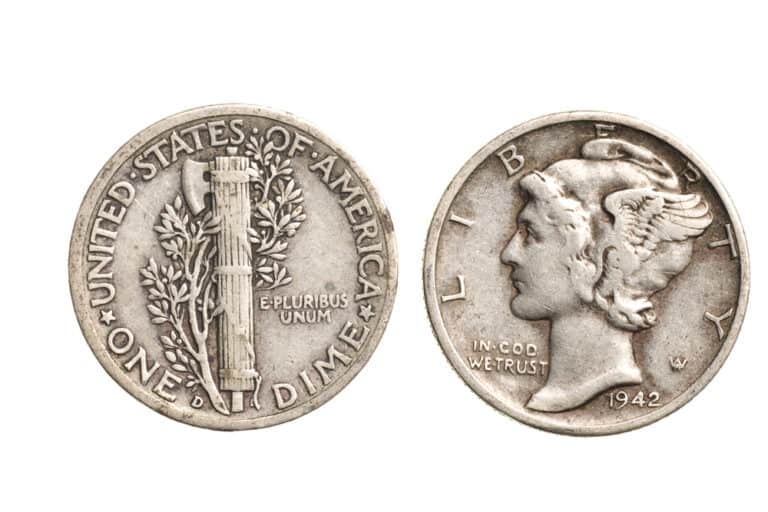
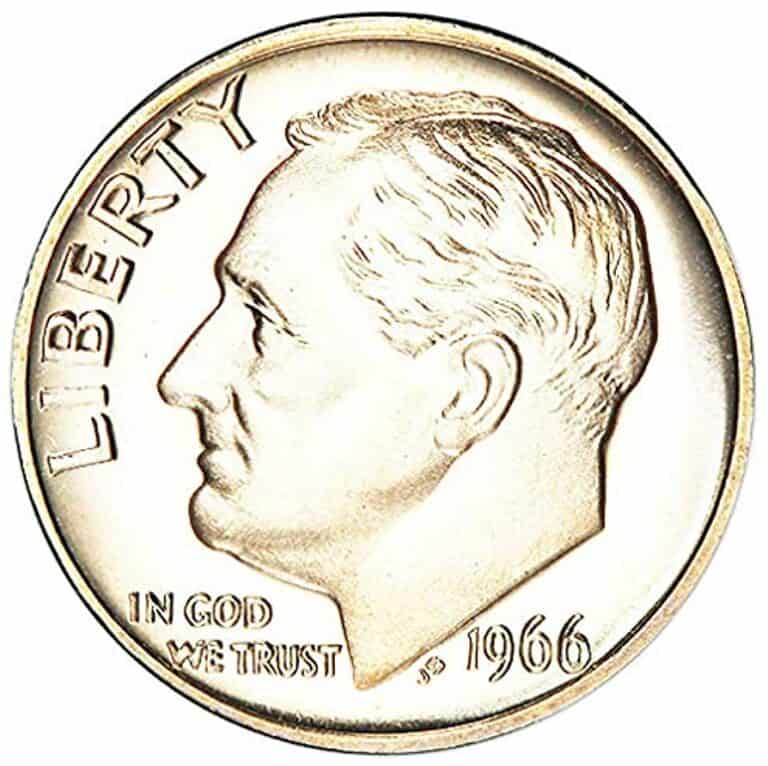
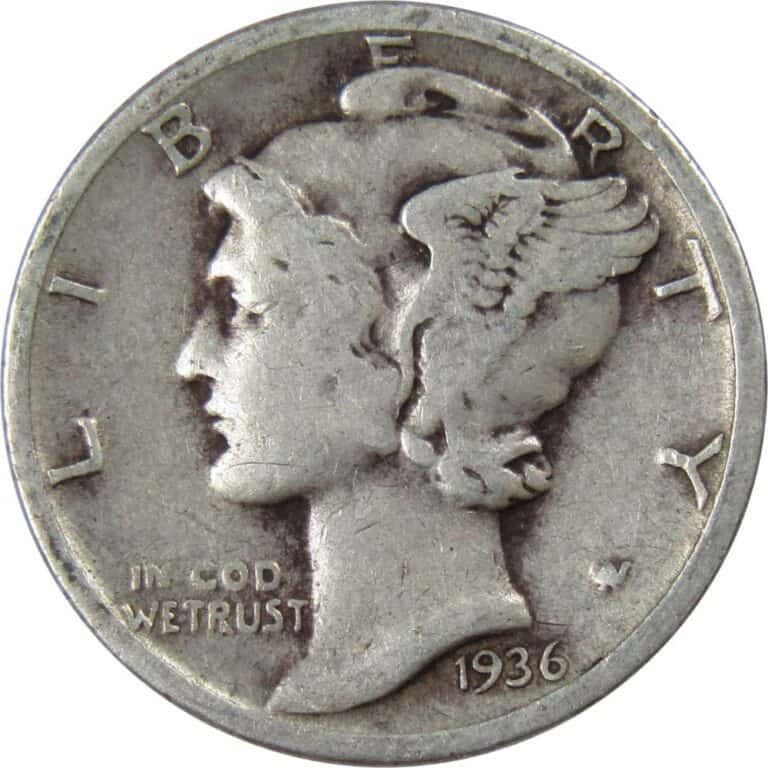
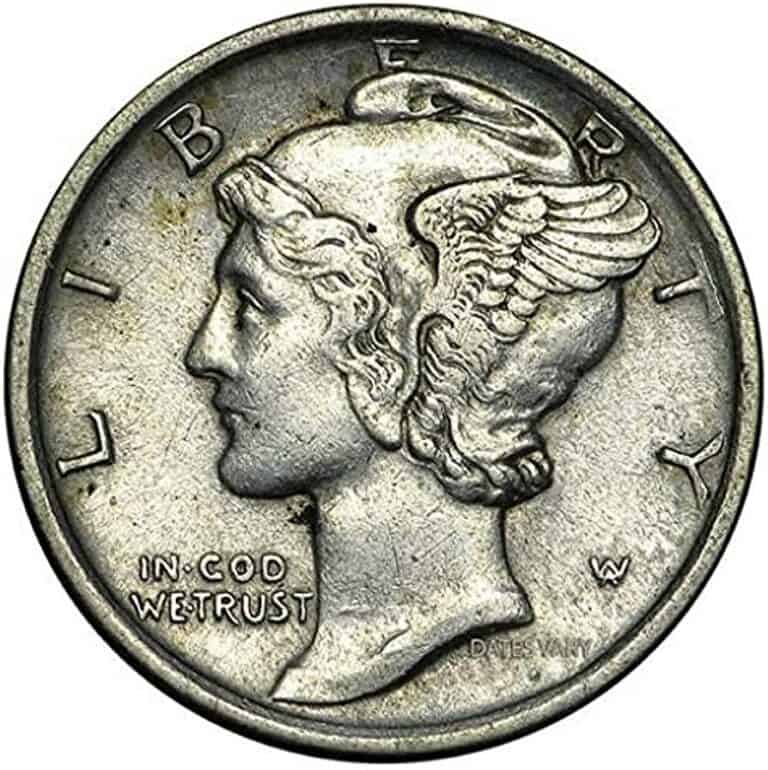
My husband and I were just looking through a bunch of old coins we have had forever, and found a 1945 mercury dime with Full Bands and looking like an almost new coin, preserved in a coin holder! We would love to get an idea of what it is worth!